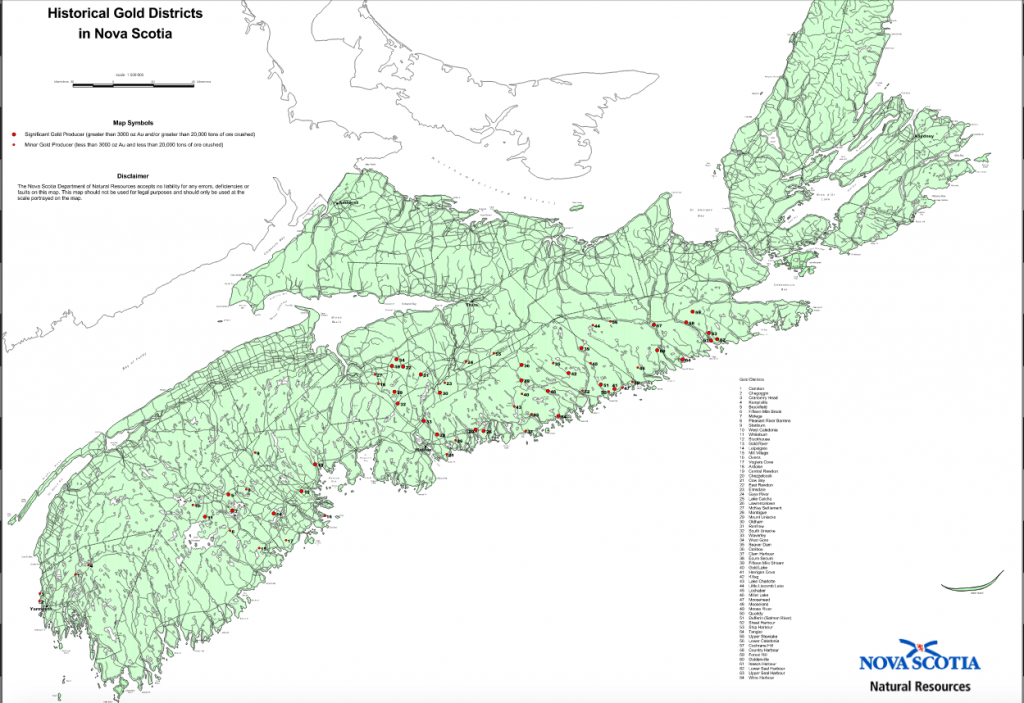An earlier version of this article appeared in the Halifax Examiner on September 13, 2020, before the US election and the storming of the Capitol in Washington on January 6, which involved many QAnon adherents. This article contains graphic descriptions of conspiracy theories about child abuse and torture that may not be suitable for all readers. Jesselyn Cooke at the Huffington Post has written a powerful and heart-wrenching account of how QAnon affects families.
The change in the Nova Scotian woman – I’ll call her Lidia – was dramatic and it happened suddenly. According to a member of her family, Lidia had always been left leaning and progressive, and in 2016, had said she strongly supported Bernie Sanders in his bid to be the US Democratic Party’s presidential candidate.
Then, one day about a couple of years ago, after she spent time speaking with a sibling in the United States, Lidia did an about-face.
“She suddenly went all weird and Trumpy on us. But she couldn’t stand Trump before,” said a family member who worries about Lidia and the way her new belief system is affecting people around her, including her children.
“It has broken up the whole family,” said the relative.
The cause of Lidia’s transformation?
In a word: QAnon.
How it began
Today QAnon is a global movement fuelled by convoluted conspiracy theories. But it began with a single post on October 28, 2017 by an anonymous entity on the 4chan internet forum, on a “politically incorrect page” in a dark corner of the internet that has been criticized for its racist, violent and misogynistic posts.
In the months that followed, there was little media attention paid to this online phenomenon, with the notable exception of the excellent podcast “QAnon Anonymous,” hosted by Julian Feeld, Travis View and Jake Rockatansky, which, almost from the beginning has provided in-depth and critical coverage of QAnon.








